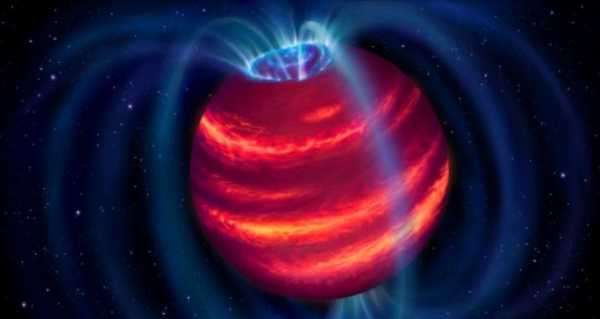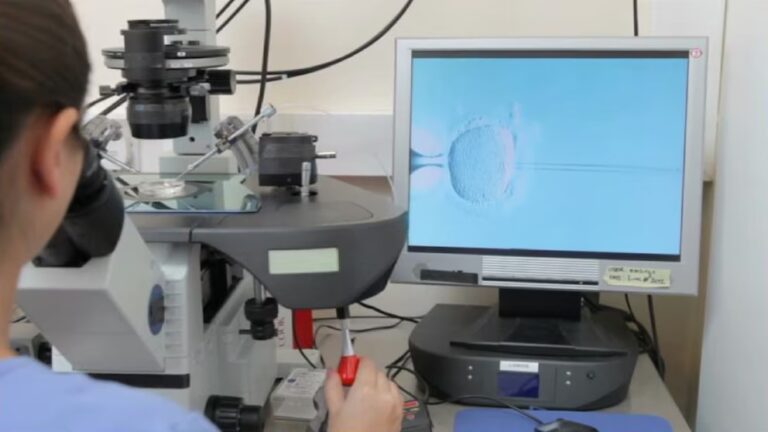
Astronomers have discovered how to spot elusive cold brown dwarfs, also called “failed stars,” using a radio telescope instead of infrared sky surveys.
Astronomers from the Low-Frequency Array radio telescope in the Netherlands working with astronomers from the University of Hawaii’s NASA InfraRed Telescope Facility and the International Gemini Observatory, also in Hawaii, have verified that it’s possible to spot cold brown dwarfs using radio waves. Their findings were published in The Astrophysical Journal Letters on Monday.
By comparison, the lowest-mass main sequence star ever observed, 2MASS J0523−1403, has a mass of between 55 and 80 times that of Jupiter. Our sun, a much larger star, is about 1,000 times more massive than Jupiter.
Since they’re so dim, cold brown dwarfs weren’t actually observed until the 1990s, even though scientists theorized they must exist 30 years earlier. The discovery proves that even though the “failed” stars don’t emit visible light, they do “shine” at radio wavelengths thanks to their powerful magnetic fields, which we can spot here on Earth.
Earlier this year, a citizen science project funded by the US space agency NASA called “Backyard Worlds: Planet 9” enlisted the help of both professional scientists and ardent volunteer laymen to scour archival data and discover 95 cold brown dwarfs near Earth.
Sourse: sputniknews.com






